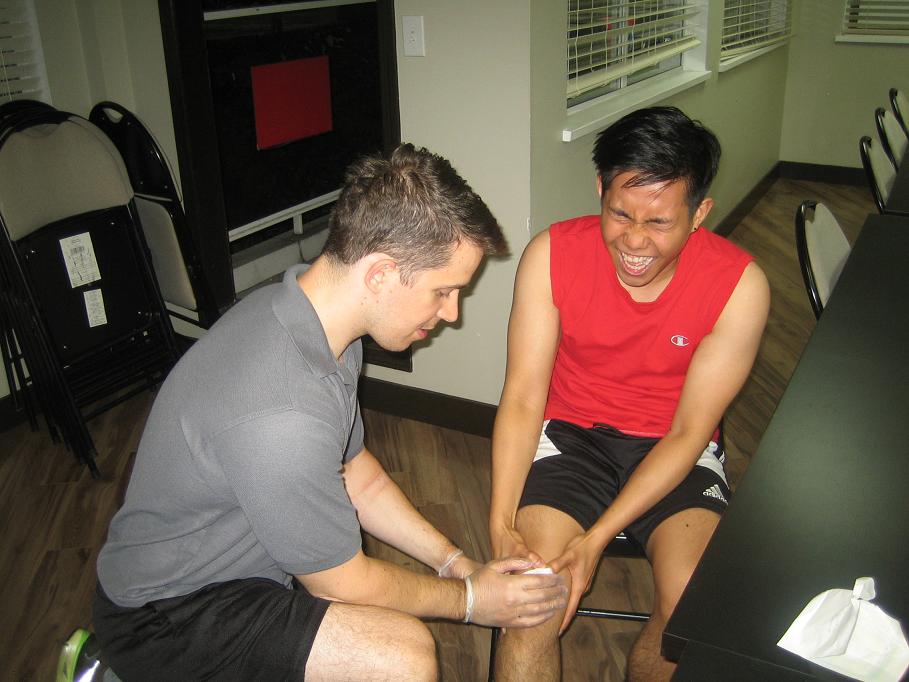Patellar subluxation occurs once the tendons that stabilize the kneecap unusually slip out of place. It is important to note that this condition is also called as partial patellar dislocation that occurs right after a traumatic injury to the knee joint. Individuals who develop the symptoms of patellar subluxation must consult a doctor for further assessment and care.
Severe pain
The typical symptom linked with patellar subluxation is severe pain that is localized to the area surrounding the knee. The sensations of pain usually manifest right away and can become worse once an individual attempts to move the affected knee.
The knee pain that manifests right after this injury generally persists until the patella is restored back into place. Right after treatment, the affected knee joint might stay tender to the touch until the injury is fully healed.
Bruising or swelling

Patellar subluxation can lead to immediate and rapid swelling of the patella. The affected knee joint appears puffy or enlarged and might be tender to the touch. The damage on the tissue can lead to skin bruising surrounding the knee. Take note that bruising manifests once blood accumulates below the skin surface and lead to abnormally reddish, bluish or purple color. The symptoms will progressively subside as the injury starts to heal.
Instability of the knee
Once the knee tendons slip out of place, the joint feels unstable. This type of injury will make it hard for the individual to place any weight on the affected knee while walking or standing.
Placing weight on the affected knee might cause it to give away, thus increasing the risk for the individual to lose balance or fall down. The usual strength of the knee eventually returns once the injury has completely healed.
Deformity of the knee
In some circumstances, individuals with the condition will notice that the damaged knee appears deformed. Always bear in mind that this occurs once the kneecap slides out of place which causes it to misalign. When the kneecap is restored back to its normal position by the doctor, the deformity eventually resolves.

